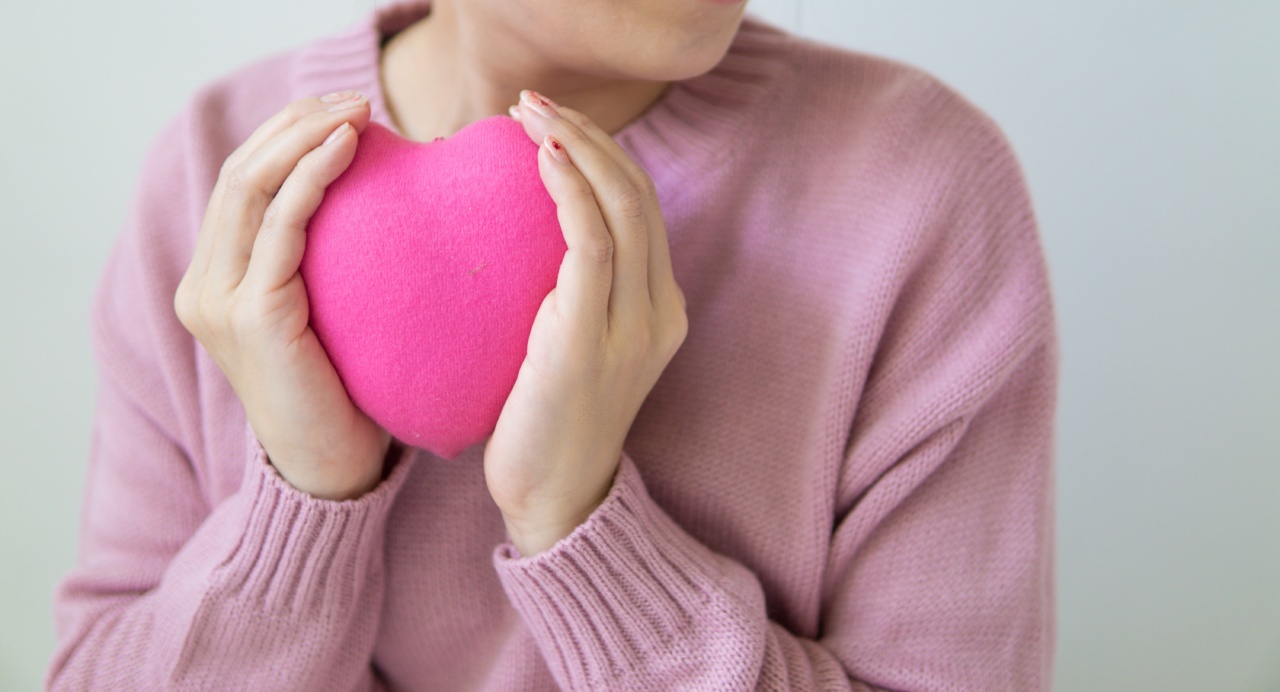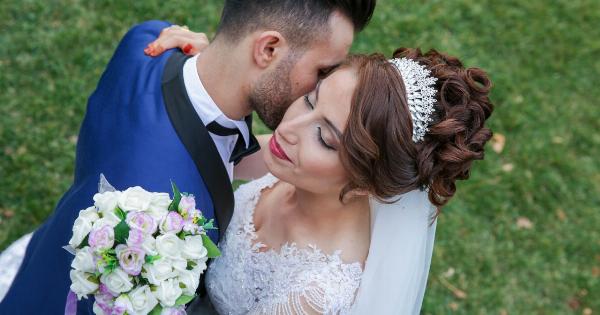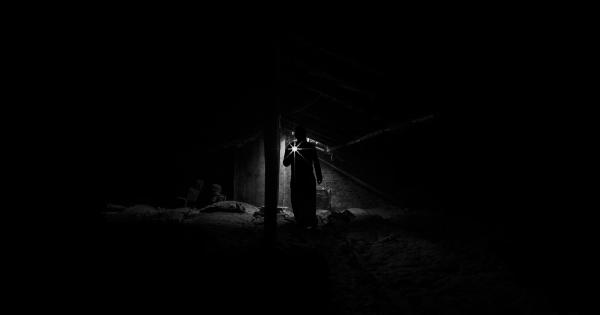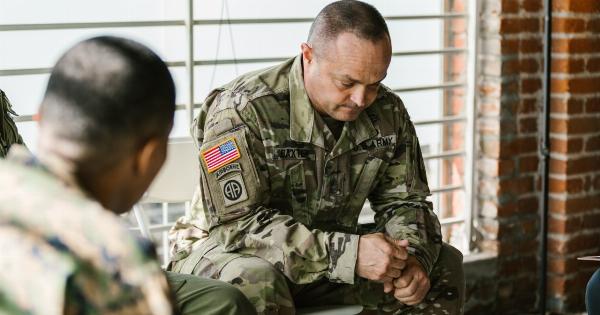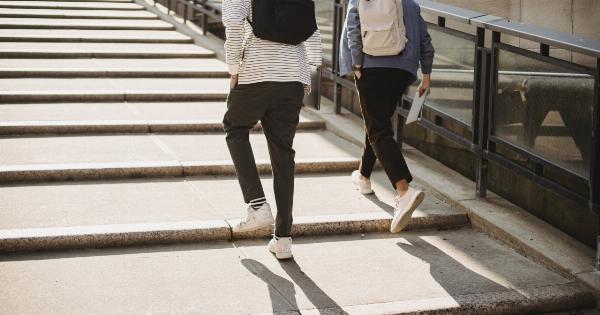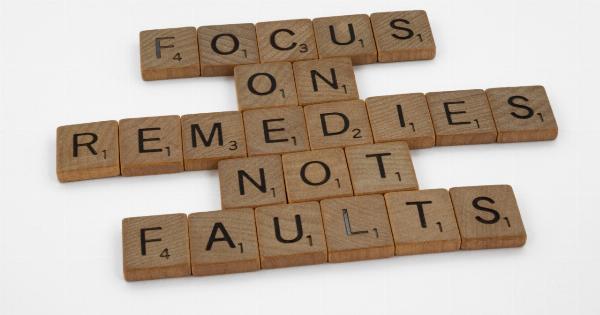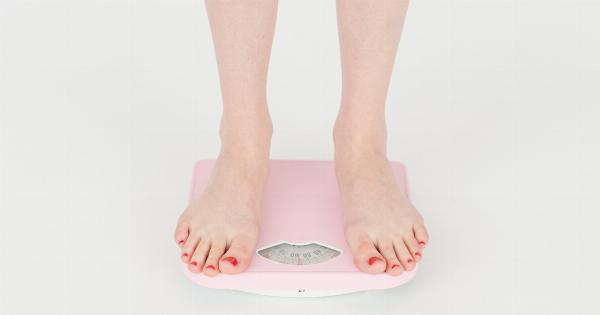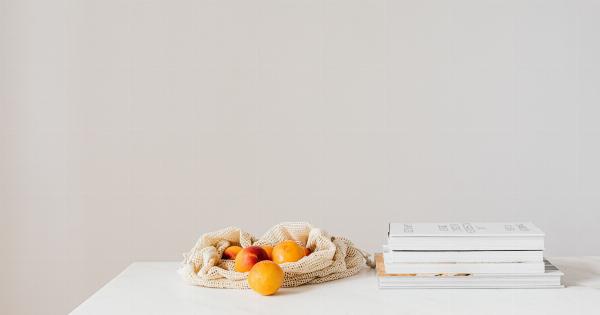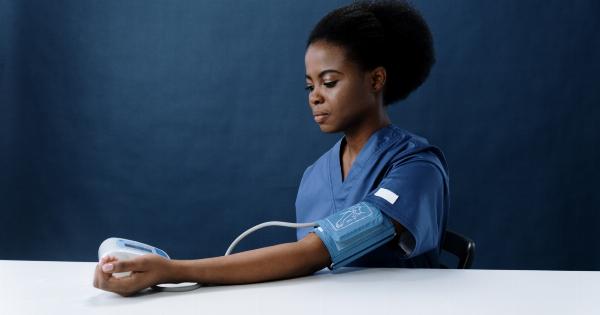High blood pressure, also known as hypertension, is a common health issue that affects millions of people worldwide. If left untreated, it can lead to serious complications like heart attack, stroke, and kidney problems.
Fortunately, lifestyle changes like regular exercise can help lower your blood pressure naturally.
What is Blood Pressure?
Blood pressure is the force that blood exerts on the walls of your arteries as it circulates through your body.
It’s measured in millimeters of mercury (mmHg) and expressed as two numbers: systolic pressure (the top number) and diastolic pressure (the bottom number).
The American Heart Association (AHA) defines normal blood pressure as less than 120/80 mmHg. Blood pressure between 120/80 and 139/89 mmHg is considered prehypertension, while blood pressure of 140/90 mmHg or higher is classified as hypertension.
How Does Exercise Affect Blood Pressure?
Regular physical activity has been shown to lower blood pressure by improving the health of your heart and blood vessels.
When you exercise, your heart pumps more blood with each beat, which helps to lower your resting heart rate and increase the strength and efficiency of your heart muscles.
Additionally, exercise can relax the walls of your blood vessels, making them more elastic and better able to expand and contract as needed.
This reduces the resistance that blood encounters as it flows through your arteries, which in turn lowers your blood pressure.
What Types of Exercise are Best for Lowering Blood Pressure?
There are several types of exercise that can help lower your blood pressure, including:.
- Aerobic exercise: This includes activities like brisk walking, running, cycling, and swimming that increase your heart rate and breathing. Aim for at least 150 minutes of moderate-intensity aerobic exercise per week.
- Resistance exercise: This includes activities like weight lifting and bodyweight exercises that challenge your muscles. Aim for at least two total-body resistance workouts per week.
- Flexibility exercise: This includes activities like stretching and yoga that improve your range of motion and reduce stress. Aim for at least two 10-minute flexibility sessions per week.
How to Get Started with an Exercise Routine
If you’re new to exercise or haven’t been active in a while, start slowly and gradually increase the intensity and duration of your workouts over time.
Consult with your healthcare provider before starting an exercise program, especially if you have any health concerns or medical conditions.
Choose activities that you enjoy and that fit into your schedule, and find a workout buddy or join a group class to help keep you motivated. Consider hiring a personal trainer or coach to help you design a safe and effective exercise program.
Tips for Safe and Effective Exercise
Follow these tips to ensure that your exercise routine is safe and effective:.
- Warm up before each workout with 5-10 minutes of light activity like walking or stretching.
- Gradually increase the intensity and duration of your workouts over time.
- Stay hydrated by drinking plenty of water before, during, and after exercise.
- Listen to your body and stop exercising if you experience any pain, dizziness, or shortness of breath.
- Cool down after each workout with 5-10 minutes of light activity like walking or stretching.
Conclusion
Exercise is an effective and natural way to lower your blood pressure and improve your overall health and well-being.
With the right types of exercise, a gradual and safe approach, and a bit of motivation, you can start reaping the benefits of regular physical activity today!.
